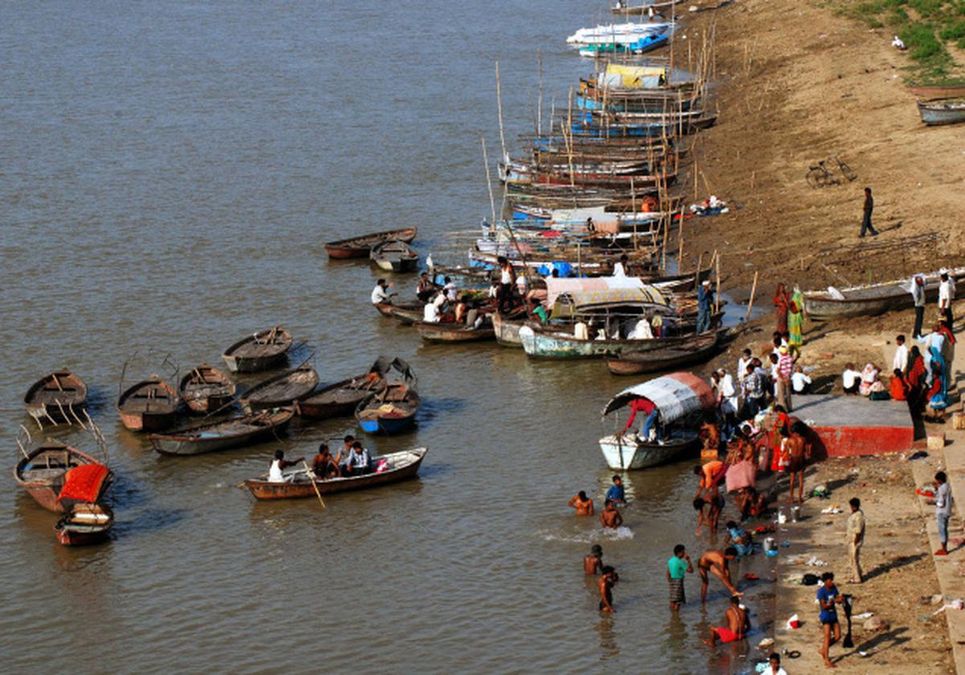At the Kumbh Mela festival, millions of Hindu pilgrims complete their journey by bathing in the holy waters where the rivers meet. For generations, boatmen from the Nishad community have been given the task of ferrying devotees to the holy site at the river confluence.
“We transport the devotees to the sacred place in our boat,” said 52-year-old boatman Chhote Lal Nishad, who had just returned after taking six pilgrims across the water at dawn in his narrow wooden boat.
“We guide them to bathe with joy and devotion, ensuring they return safely.” The Nishad boatmen take great pride in continuing this ancient tradition, not only transporting pilgrims but also sharing the religious significance and history of the Kumbh Mela.
With their deep knowledge of the waters, Nishad boatmen frequently assist in rescuing bathers who struggle in the river. Hindus believe that by bathing in the sacred waters of the Kumbh Mela, they are cleansed of sins, breaking free from the cycle of rebirth and reaching salvation.
While the Nishad boatmen are busy year-round, their work peaks during the six-week-long Kumbh Mela, which takes place once every 12 years and runs until February 26. Tens of millions of people are attending the festival in Prayagraj, Uttar Pradesh.
Nishad boatmen provide ferry services to pilgrims year-round, with their business peaking during the Kumbh Mela. Viraj Nishad, 23, from the same Nishad community as Chhote Lal Nishad but not related, represents the younger generation of rowers, continuing his father’s tradition.“It is because of us that devotees can visit the holy site and take a dip in the river,” he said proudly.
Joy and tradition
Typically, the boatmen transport pilgrims to the heart of the confluence of the Ganges and Yamuna rivers, where Hindus believe the mythical Saraswati river also flows. However, the authorities have restricted boatmen from operating in the festival’s busiest areas this year for safety reasons.
“The river is the only support for the Nishad community,” said Chhote Lal Nishad, who has been rowing pilgrims since childhood. “Without the river, we will die of hunger.”
“I had hoped to earn money for my children,” he said. “Now that hope is gone.” Organizers describe the Kumbh Mela as a temporary country, with up to 400 million pilgrims expected. Last month, a crowd surge resulted in at least 30 deaths and many injuries when people were trampled after breaking through a police cordon.
The boatmen continue to take pilgrims to holy sites, though now away from the crowded confluence area. Despite restrictions, they stay busy, as many pilgrims prefer traditional wooden boats over modern ones. “The wooden boat moves slowly, and the joy and experience can’t be felt in modern boats,” said Ajeet Kaur Prajapati, 60, from Delhi. “It’s like the pleasure of eating food cooked by your mother, just like travelling in a wooden boat,” she added.
Read: Meet IIT Baba: The aerospace engineer who turned to Maha Kumbh 2025 to find fulfilment

